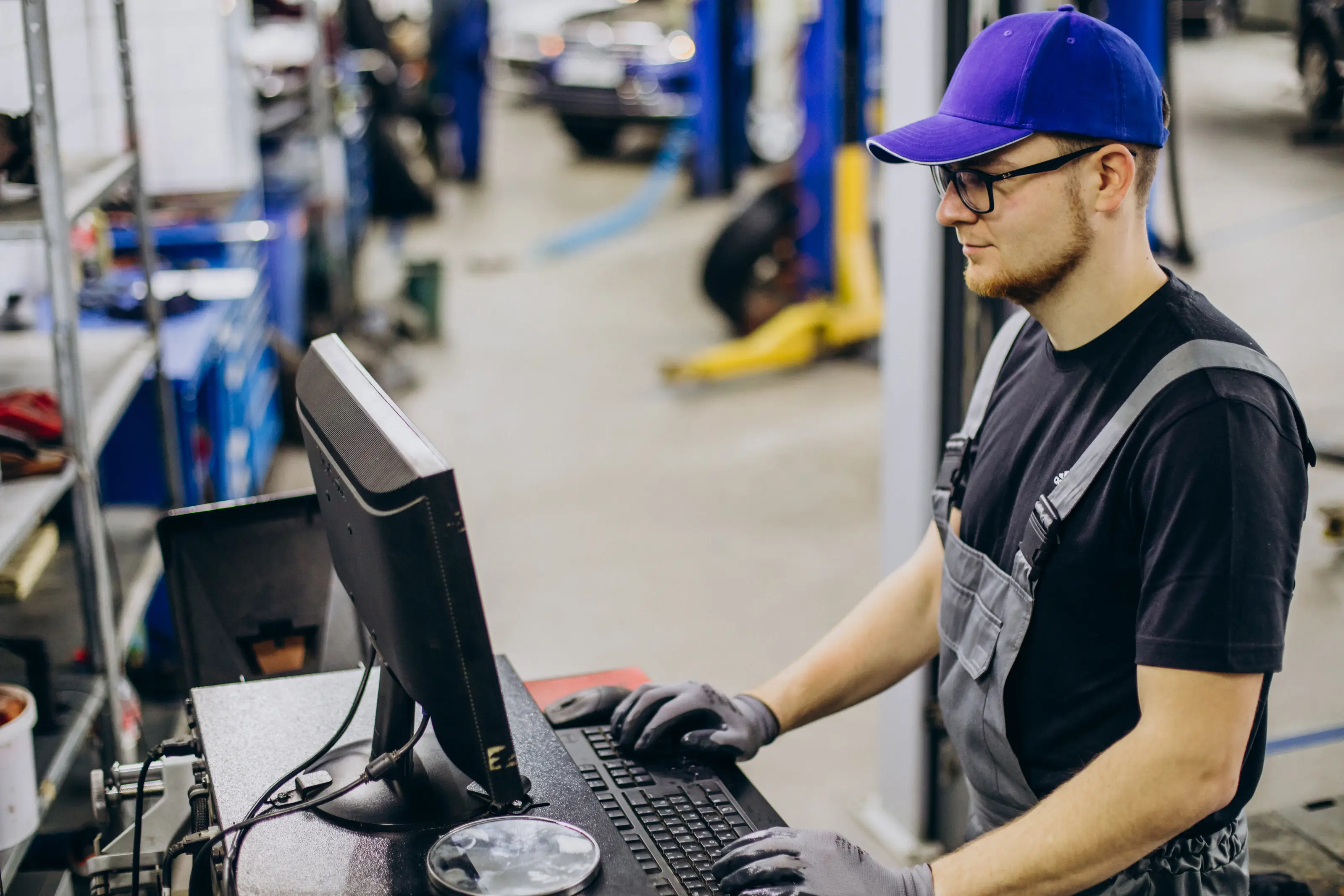EMS Providers Turn to AI and Robotics to Tackle Labor Shortages
- By Lipika Agarwal
- 20 May 2025
- Business
Artificial Intelligence (AI) and robotics have become an essential tool in the Electronic Manufacturing Services (EMS) industry, addressing labor shortages while increasing operational efficiencies. AI/robotics advancements are especially crucial in sectors like logistics, warehousing, and assembly, where skilled labor is often in short supply.
AI-Powered Robots in Manufacturing
AI-equipped robots are revolutionizing manufacturing by automating complex repetitive tasks with high precision. Equipped with machine learning and computer vision capabilities, these AI-enhanced machines can adapt in real-time to changing product designs while still maintaining accuracy and minimizing production errors. John Deere utilizes such robots in their plants for tasks like welding and assembly to increase efficiency while decreasing workforce shortage impacts.
Collaborative Robots (Cobots) Increase Human Workforce Productivity
Collaborative robots (cobots) are designed to work alongside human operators, augmenting their abilities and taking over mundane tasks. Cobots are smaller, lighter and more flexible than traditional robots making them perfect for many industrial applications such as assembly, loading and packaging - thus speeding production processes up and increasing overall productivity.
Autonomous Guided Vehicles (AGVs) and Mobile Robots (AMRs)
AGVs and AMRs have become an invaluable asset to warehouses and distribution centers for tasks like material handling, inventory transport and order picking. Operating 24/7 without human fatigue, these robots help maximize efficiency while decreasing human labor requirements. AMRs in particular are known to adapt well in dynamic environments - autonomously navigating warehouse floors while adapting to changes in layout or inventory accordingly - providing tremendous flexibility when adapting to changes.
Using AI‑Vision for Quality and Consistency
AI-powered vision systems now scan PCBs and components with microscopic precision, detecting defects with near-perfect accuracy. This dramatically reduces reliance on manual inspection and speeds up production cycles.
Rapid Onboarding with Easy-to-Train Robotics
Unlike traditional machines, AI-robot trainers often just need a few hours of scenario recordings. With self-training capabilities and minimal programming, EMS providers can deploy automation faster and with less specialized expertise.
Humanoid & Dark‑Factory Innovation
Fast‑moving EMS innovators are exploring advanced setups like “dark factoriesa”—fully automated, human‑free production lines—and even humanoid robots (akin to Agility Robotics’ Digit) for flexible handling tasks.
Upskilling Workers for AI‑Robot Collaboration
Rather than replacing workers, EMS firms emphasize training existing staff. Programs include robot operation, maintenance certification, and handling AI systems—creating a skilled hybrid workforce for tomorrow’s smart facilities.
Challenges and Considerations for Success
Though AI and robotics offer many potential benefits to EMS operations, their integration can present significant hurdles. Initial investment costs relating to infrastructure, safety measures and installation can be prohibitively costly for small and midsized manufacturers; lack of technically skilled workers to maintain and operate robotic systems further restricts their application; furthermore, robots tend to excel at high-volume production tasks, restricting their application in industries requiring adaptability.
Conclusion
AI and robotics offer an ideal way for the EMS industry to combat labor shortages and operational inefficiencies, by automating complex tasks and expanding human capabilities - helping manufacturers increase productivity while remaining competitive. But successful integration requires taking into account any associated hurdles like investment costs and workforce training before proceeding with these technologies in EMS operations.
